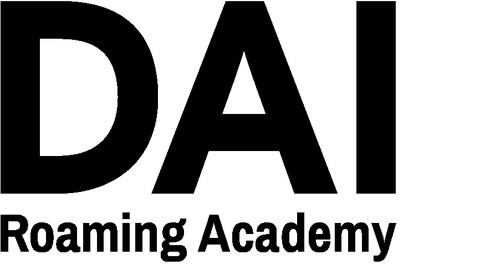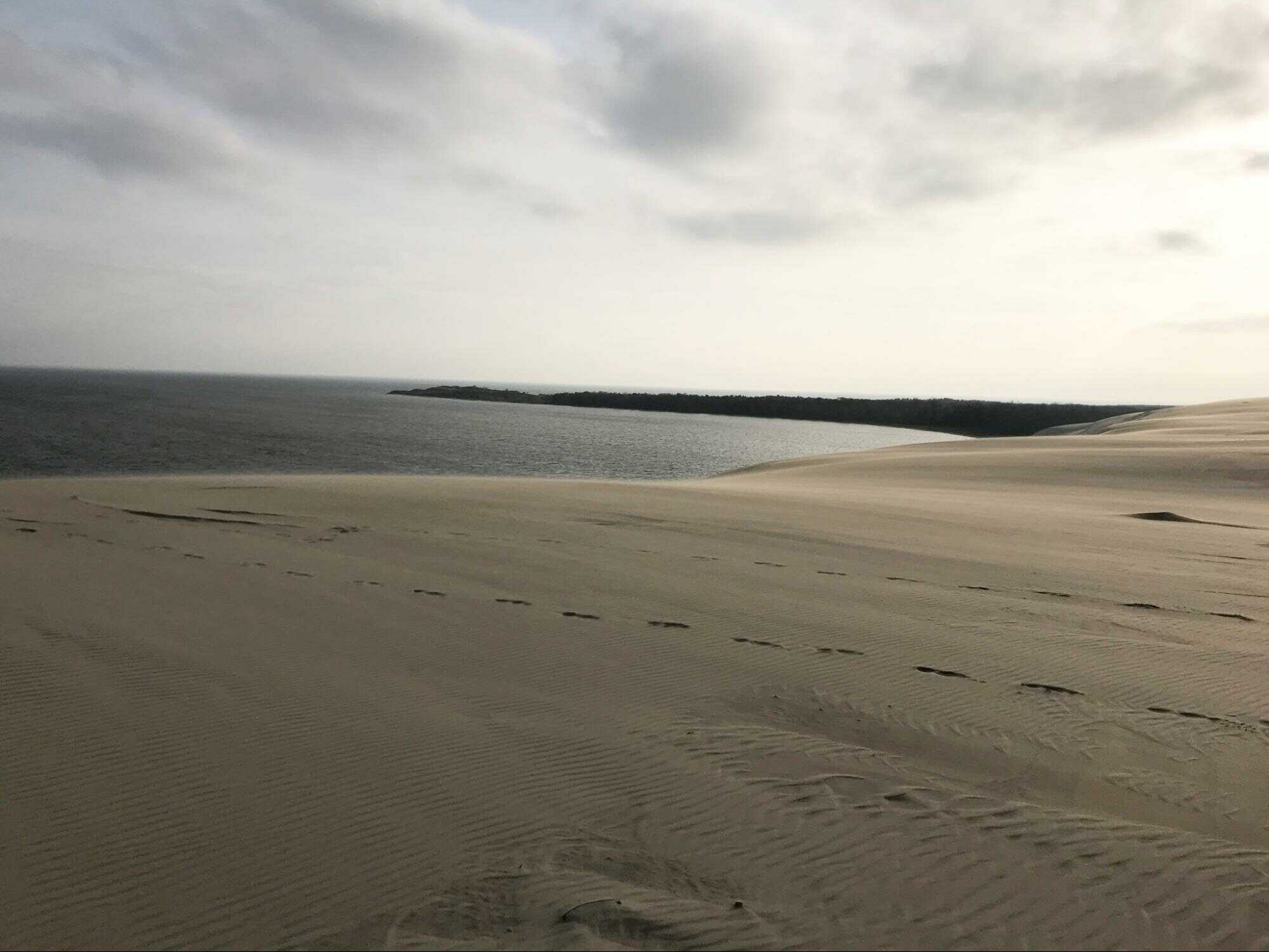COOP ~ FOREST INSCRIPTIONS from Day to Day
Seminar 1: 10 - 12 December 2024
The first confluence of the COOP study group FOREST INSCRIPTIONS is an introduction to each other's practices and an opening of a year’s shared trajectory of a study and a collaborative work that will draw and reflect on two specific sites – Nida and Nicosia. These entanglements of wider geographies are locations where the decisive geopolitical processes may be sensed through reflections and investigations of their environments while dwelling on the notions of forest as construct and forest as witness.
The meeting unfolds through sharing each other’s practices through presentations prepared individually prior to the meeting in the form of an Atlas – an arrangement of items in one image. Each participant of the study prepares an Atlas composed of several elements that represent their practice and tools they work with in reflection to the COOP’s study focus on FOREST INSCRIPTIONS. The Atlas includes images, sound, video or other formats brought together in a 15 min presentation to offer a multitude of entries into ones’ work opening it to others.
TUESDAY 10
MORNING
Welcome
AFTERNOON
Walk in the forests of Neringa
EVENING
Setup for the year, formats and plans
WEDNESDAY 11
MORNING
Walk in the forests of Neringa
AFTERNOON
ATLAS presentations and discussions
EVENING
Film screening and discussion
THURSDAY 12
MORNING
Walk in the forests of Neringa
AFTERNOON
Walk in the forests of Neringa
EVENING
Setup for the year

